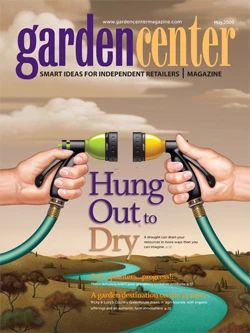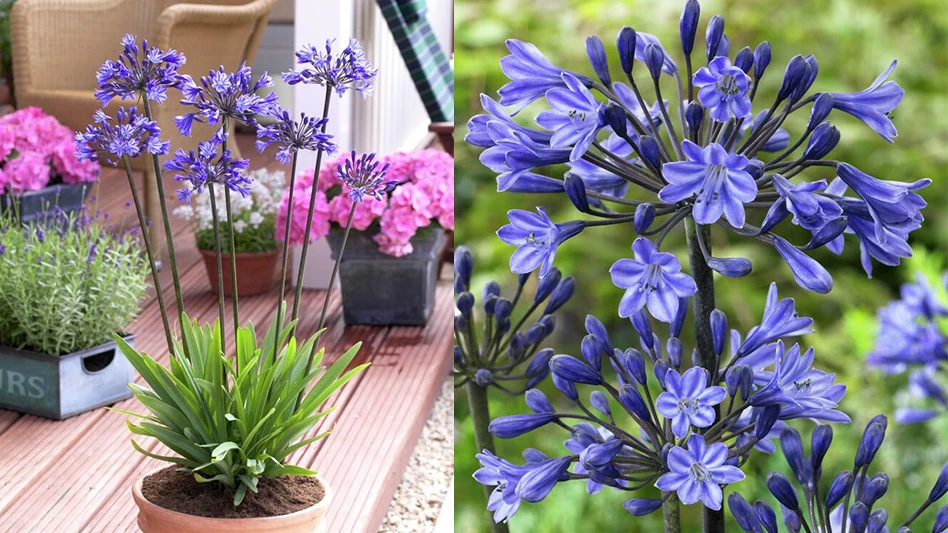 |
It’s hard to say. Bruce Butterfield, market research director for the National Gardening Association (NGA), said the organization will soon release numbers from 2008 that will shed light on households purchasing trees and shrubs. The problem is that the recession didn’t hit hard until the fourth quarter of last year. Which means these numbers might not offer an accurate picture of today’s economic realities. “We’d seen fairly strong growth through the ’90s and early 2000s for do-it-for-me,” Butterfield said. “It was all tied to easy credit; easy home equity loans. People were going into projects assuming the value of the property was going to increase 10 percent a year—that they were going to get a return on their investment.” |
The pendulum swings back
There’s at least one industry-watcher who feels that DIY is back, and could possibly impact how homeowners view trees and shrubs. Randy Hunter is a partner with Agility Marketing Group—a firm advising several green-industry companies. Agility’s Landscape Awareness and Usage Study (July 2008 and March 2009) provides some interesting findings: Nearly all homeowners (82%) purchase shrubs and plants themselves. (Rather than relying on outside contractors.) And more than 2/3 of homeowners (67%) plant their own shrubs and trees.
“That tells me that people are trending the other way, and led us to the conclusion that DIY is back,” Hunter said. “You need to pay attention to that. It makes logical sense, when you think of the downturn in home starts and small landscape companies going out of business left and right.”
Retail response
If DIY is making a comeback, should retailers adjust the sizes they’re offering in trees and shrubs? Will plants that are easy to haul and install become more popular? Jodie Bross, owner of Glenwild Garden Center in Bloomingdale, N.J., sees it happening in her world. “Actually, sales of big shrubs and trees went way down last year,” she said. “So, yes, we really did cut back this year.”
But that’s not the case everywhere. It seems the desire for instant gratification sometimes makes the sweat equity of self-installation worthwhile. Sid Raisch, president of the retail consulting firm Horticultural Advantage, said interest has been high this spring for “investment-size” trees and shrubs—though garden centers have scaled back on bigger balled-and-burlapped specimens. This is due to low net margins on B&B after handling and discounts.
Meanwhile, the folks at Bailey Nurseries in St. Paul, Minn., aren’t seeing much evidence of a shift to smaller specimens. It will likely be the end of busy season before a clear picture emerges. “It’s been quite a while—maybe a decade—since No. 1 gallons were the norm for the most-common shrub size,” said Bailey sales manager JoAnn Kern. “Our No. 2 [containers] have been our best seller and continue to be.”
For more: Bruce Butterfield, National Gardening Association; www.garden.org. Randy Hunter, Agility Marketing; www.agilitymarketing.net. Jodie Bross, Glenwild Garden Center; www.glenwildgardens.com. JoAnn Kern, Bailey Nurseries; www.baileynurseries.com.

Explore the May 2009 Issue
Check out more from this issue and find your next story to read.
Latest from Garden Center
- Meet the All-America Selections AAS winners for 2025
- AmericanHort accepting applications for HortScholars program at Cultivate'25
- 2025 Farwest Show booth applications now open
- The Garden Center Group hosting 'The Financial Basics of Garden Retailing Workshop Series'
- Weekend Reading 11/22/24
- Hurricane Helene: Florida agricultural production losses top $40M, UF economists estimate
- Terra Nova Nurseries shares companion plants for popular 2025 Colors of the Year
- Applications open for Horticultural Research Institute Leadership Academy Class of 2026





